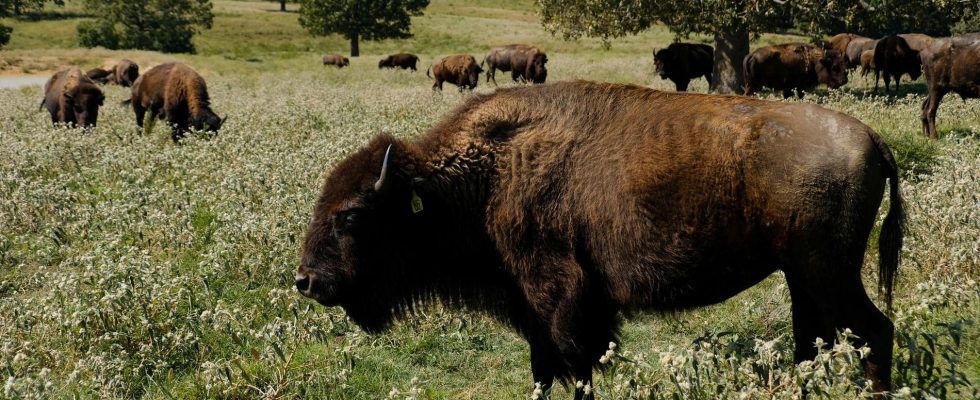North America’s wild bison have gone from numbering in the tens of millions to being almost completely extinct.
After a successful project, bison are once again thriving in Banff in western Canada.
“The second the bison entered the landscape, I felt like I had brought them home,” says Wes Olson, who in 2017 followed the first 16 bison released — in Banff National Park in the Rocky Mountains.
The herd is expected to have grown to 100 individuals by the end of 2023 and according to a report from the Parks Canada agency – which manages Canada’s national parks – the project to reintroduce bison oxen to Banff has been a success story. The report states that the population has a steady growth rate and that in the next ten years it need not be seen as threatened.
Old ecosystems were brought back to life as soon as the bison were reintroduced, and other animals quickly and “instinctively” re-established symbiotic relationships, says former park ranger Wes Olson.
Squirrels frantically collect hair, insects feast on the nutrients in the droppings, and birds collect bison fur to insulate their nests while searching for insects and seeds to eat.
Bison is described as a landscape engineer. It moves over large areas and grazes on vegetation while on the move, rather than staying in the same area for extended periods of time.
With moving herds like these, grasslands can store carbon and water better, according to a study by the University of Alberta. Other studies have also found that the presence of bison makes lands more resilient to drought.
